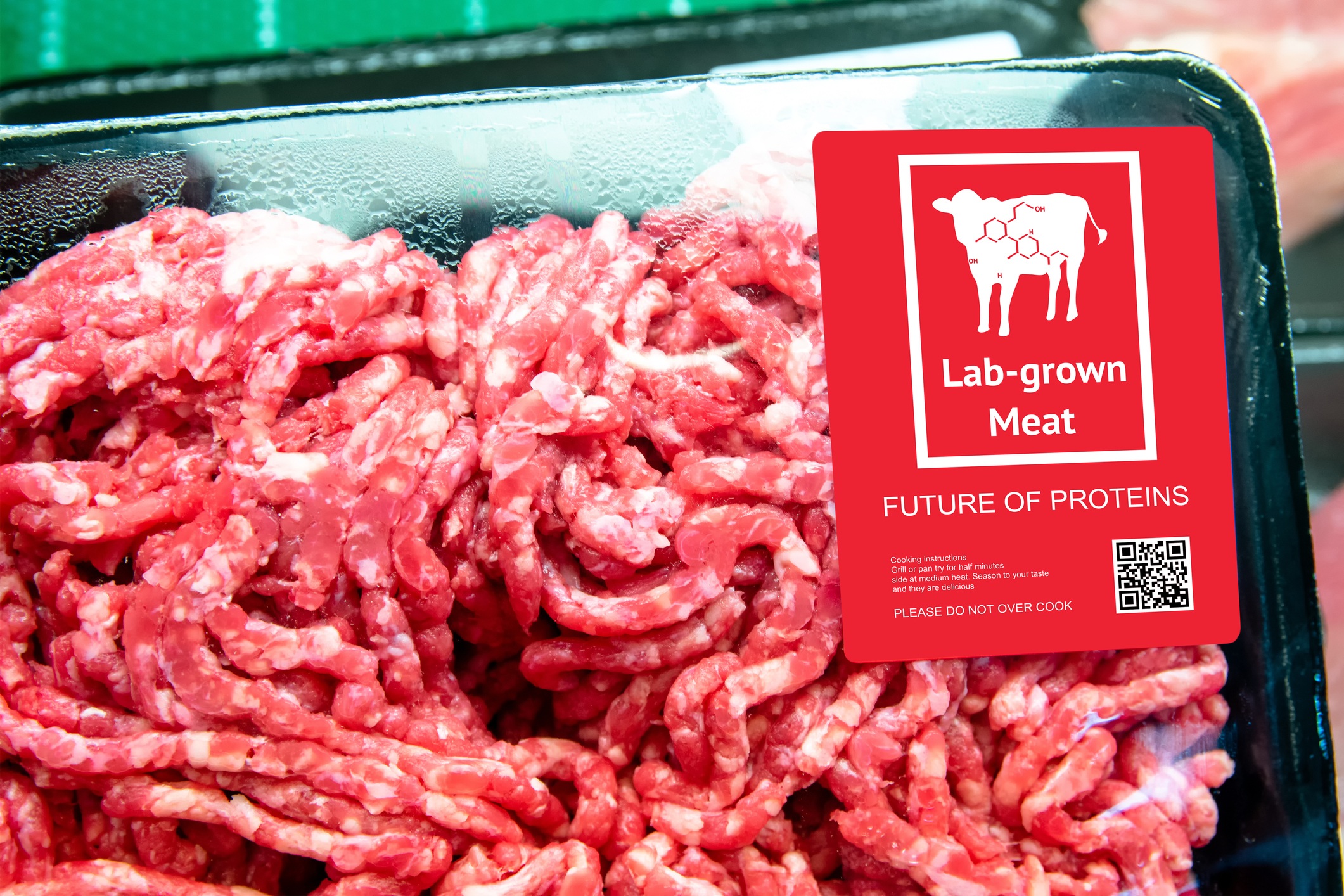
As people consume less meat and more meat alternatives, regulators have a role to play in ensuring accurate consumer information and safety.
In 2015, two-thirds of Americans reported reducing meat consumption. Concerns about health and costs of meat ranked among the most common reasons for meat reduction, with environmental and animal cruelty concerns less common. At the same time, meat alternatives are reportedly on the rise. What role do federal regulators play in inspecting and labeling these products?
The U.S. Department of Agriculture (USDA) is tasked with regulating animal meat including pork, beef, and poultry. The U.S. Food and Drug Administration (FDA) regulates plant-based meat alternatives, such as Impossible Foods. Cell-based meats—cell-cultured products “derived from the cell lines of livestock and poultry”—are jointly regulated by FDA and USDA. These agencies are tasked with a variety of responsibilities including ensuring accurate labeling and safe products.
This week’s Saturday Seminar examines the regulation of meat, as well as regulations for current and future meat alternatives.
Meat Regulations
- A new rule formalized the first change to swine processing standards in over 50 years, explains a recent essay in The Regulatory Review. For decades, pork processing plant workers slaughtered a maximum of 18 hogs per minute. But USDA issued a new pork processing rule in September 2019, eliminating the 18-hog cap and changing inspection requirements. USDA and industry representatives suggest that the “modernized” swine inspection system is long overdue, and argue that the rule will promote efficiency, lower costs, and allow for further food safety innovation. But critics of the rule, including elected officials, worker safety advocates, agency staff, and consumer safety groups, say the rule puts both public and worker health in danger.
- In a forthcoming Loyola University Chicago Law Journal article, Steph Tai of the University of Wisconsin Law School argues that the battle between livestock-based proteins and emerging protein alternatives is playing out in labeling laws. Tai explains that, “a number of states have recently explored ‘meat labeling’ laws that would restrict the use of the word ‘meat’ to only livestock-based products.” Proponents of the labeling laws express concerns about “consumer confusion,” Tai states. Tai argues, though, that what is really going on is “a battle not for the term ‘meat’ itself, but what ‘meat’ represents to us in our diets.” Tai concludes that participants in the current debates should “understand that legal recognition may not be the only way to access positive values associated with particular categories of foods.”
Meat Alternative Regulations
- In addition to plant and lab-grown meat alternatives, insect-based foods provide another opportunity to satisfy consumers’ tastes. A 2019 essay in The Regulatory Review explores the University of South Carolina School of Law’s Marie Boyd’s argument that FDA should update its regulatory framework to lead the way on insect consumption. She highlights several potential advantages from insect farming such as insect abundance, high nutritional quality, and environmentally friendly production. Boyd asserts that for the public to consume insects at a meaningful level, FDA should consider insects as food under the Federal Food, Drug, and Cosmetic Act and provide regulatory oversight to ensure sanitation and safety.
- Meat grown from cell cultures, rather than extracted from animals, is a “novel” food product which may soon be subject to regulatory scrutiny, suggests Amaru Sanchez. Sanchez proposes that while “the unique nature of the products” means there are few examples which could “serve as the baseline for regulatory oversight and risk assessment, the Federal Meat Inspection Act and the Federal Food, Drug, and Cosmetic Act could provide bases for the USDA and FDA to regulate cell-cultured meat.
- In a student-authored article for the Food and Drug Law Journal, Walter Johnson asserts that the Coordinated Framework for Regulation of Biotechnologies—designed to assist federal agencies with overlapping claims to regulate in resolving the overlap—is outdated. With recent uncertainty about whether FDA or USDA should regulate meat alternatives as an example, Johnson asserts that the now 30-year-old Coordinated Framework is inadequate to guide questions of regulatory authority over emerging biotechnologies. Johnson explores the relative strengths and weaknesses of relying on federal agencies, the legislature, or the President to aid in the resolution of future conflicts.
The Saturday Seminar is a weekly feature that aims to put into written form the kind of content that would be conveyed in a live seminar involving regulatory experts. Each week, The Regulatory Review publishes a brief overview of a selected regulatory topic and then distills recent research and scholarly writing on that topic.



